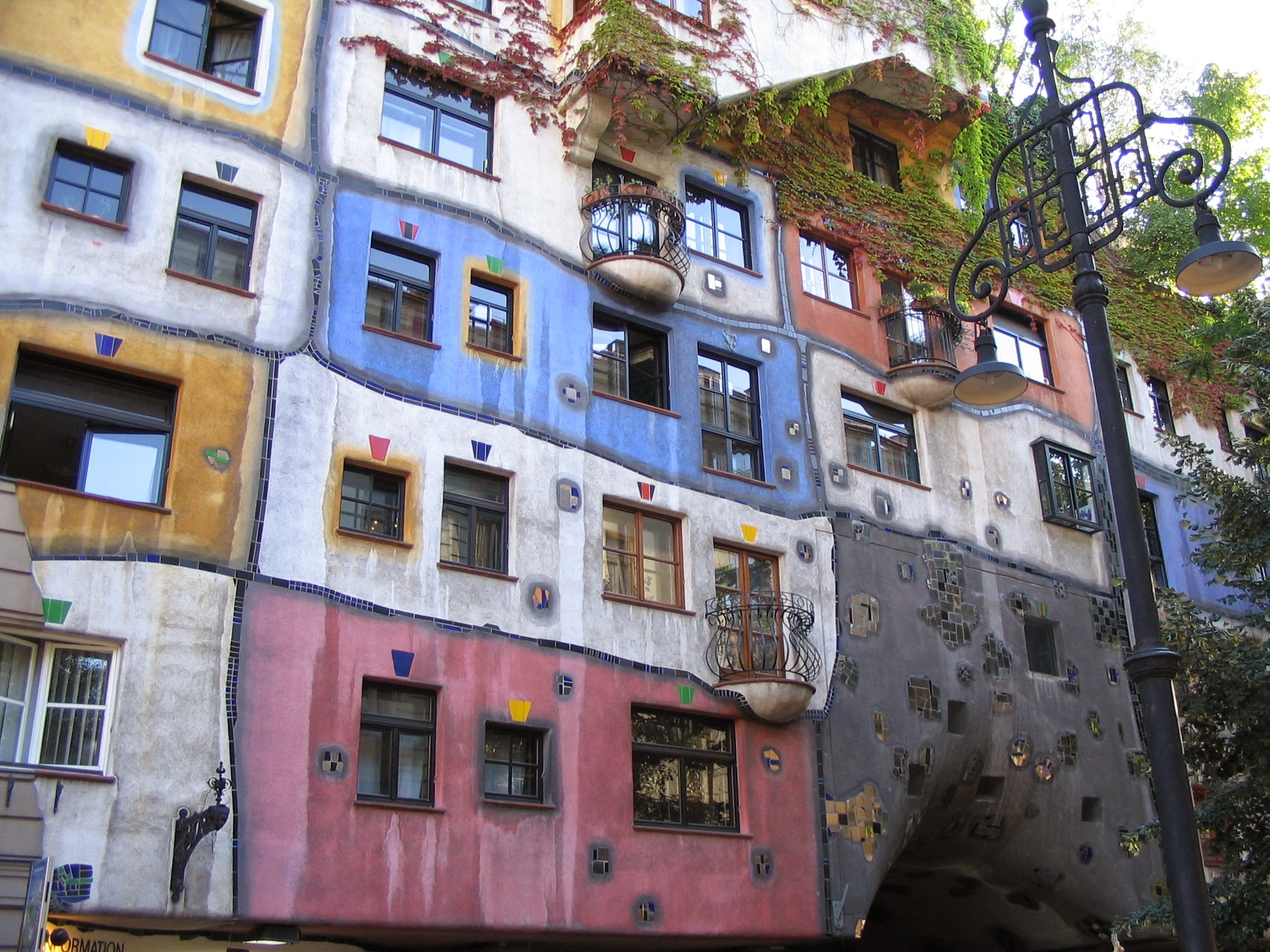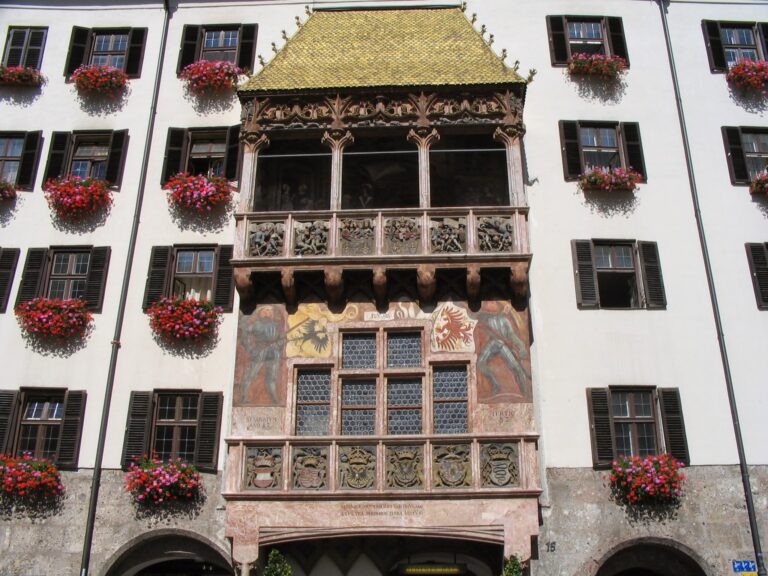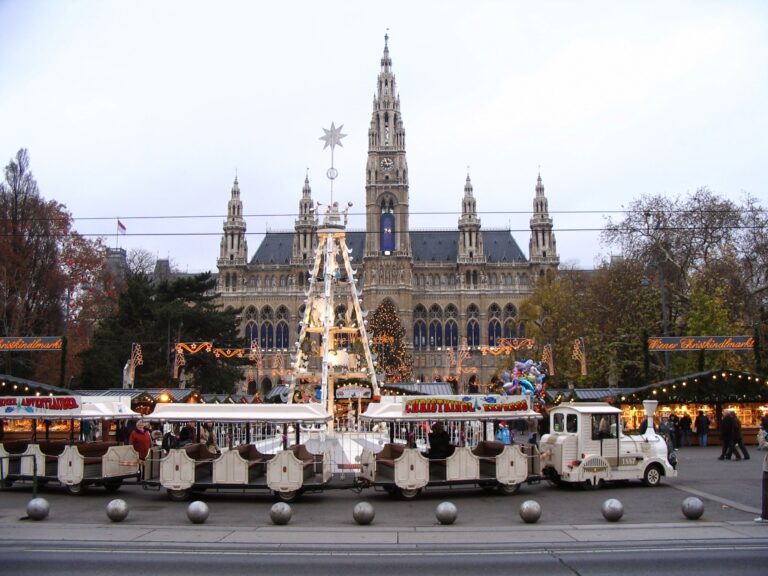Vienna is split into 23 districts. The majority of the top tourist attractions lie within the first district, which was formally protected by the city walls, though nowadays it is circumvented by the Ringstrasse instead. Districts two through to nine are just as rich in treasures to discover, including some magnificent boutiques, galleries, theatres, and palaces.
Grinzing, Donauinsel, Baden
Grinzing is Vienna’s most important wine-growing region where the famous “Heuriger” is served. In Grinzing you can visit the parish church and the Beethoven houses.
Kahlenberg – Legend tells us that a mass was celebrated here in 1683 before the victorious battle against the Turks besieging Vienna. From Kahlenberg you have an excellent view of the whole town and you should not miss going there especially in good weather.
Seegrotte – The “Seegrotte” ( a lake cave ) at Hinterbruehl, a locality to the south of the Wienerwald 17 km from the center of Vienna, is a fascinating tourist attraction.
Donauinsel – All kinds of aquatic sports can be followed in their own separate areas – swimming, rowing, windsurfing, sailing, fishing. There are even open-air arena and competition courses. Klosterneuburg – Baroque interior; in St. Leopold’s Chapel: remarkable altar by Nikolaus of Verdun dated 1181.
Wachau Valley – Melk monastery: One of Europe’s most important Baroque buildings, on a hill above the Danube valley, very interesting from the architectural and artistic points of view, extensive library.
Heiligenkreuz – Cistercian monastery with Romanesque church dating from the 12th or 13th century. Baden – Famous spa, known already by the Romans. The historical center, park, casino, summer arena.
Vienna is town you ought to know. Of every town you have certain expectations and images. Some asociate with Vienna the waltz, delicious pastries, new-wine taverns, the Boy’s Choir or the majestic Lipizzan stallions. For some, Vienna constitutes the metropolis of the Austro-Hungarian Monarchy thet became a republic only by coincidence, and again others regard it as a junction between Eastern and Western Europe whose political and economic imoprtance becomes evident every day. Whatever you expectations are, Vienna is waiting to be discovered. It is a town that demands a lot of its visitors if they intend to get a true impression. Because, like life there today, the spirit evolved from past epochs, and the people themselves, so the beauties of the city contribute to our understanding and appreciation of it.
Karlskirche, Secession, Schonbrunn Palace
The Charles Church was built between 1715-1737 in honor of Saint Charles Borromeo. Architectural styles from Romanesque to Baroque result in an imposing facade and an interior of particular brilliance due to the influx of daylight onto the frescoes. Completed 1739 by his son Joseph Emanuel Fischer von Erlach, the construction took place due to a vow of Emperor Charles VI. During a plague epidemic. The church is dedicated to the patron saint of the Habsburg emperor, St. Charles Borromeo: The small Museo Borromeo exhibits including traveling clothes of the bishop of Milan.
Karlskirche – Constructed from 1716 – 1737 by Johann Bernhard Fischer v. Erlach and his son Joseph Emanuel in fulfillment of a vow by Emperor Charles VI during a plague epidemic in 1713.
Karlsplatz – This square came into being due to the Wien River and the construction works along the Glacis ( free area behind the city wall ). Remarkable is the Art Nouveau ” Stadtbahn Pavillon ” by Otto Wagner. The opposite is the “Musikverein” building designed by Theofil Hansen for the Society of the Friends of Music. From the large concert hall, the Vienna Philharmonic’s New Year’s concert is annually transmitted.
Secession – Built in 1897/98 by Joseph Olbrich as an exhibition center for the newly founded Association of avant-garde artists, “Secession”.
Jugendstilhauser – Also built bz Otto Wagner with gilded medallions by Kolo Moser. Naschmarkt – This “Flea Market” offers every Saturday by-gone and real antiques from yesterday and the day before.
Secession – The Building itself displays the symbolism of architecture with the laurel leaf playing a central decorative role. Dating from 1901, the damage inflicted by WWII has all but disappeared, revealing once again a gallery of superb creativity and character.
Stadtpark, Hundertwasserhaus, Belvedere
Stadtpark – In the park, you find monuments to Johann Strauss, the “Waltz King”.
Palais Schwarzenberg – The complex is still privately owned by the Schwarzenberg dynasty, parts of it have been transformed into a hotel. In front of the palace is the “Hochstrahlbrunnen” which was inaugurated in 1873 in the presence of the Emperor, on the occasion of the opening of the first aqueduct supplying Vienna with water from the Alps.
Hundertwasserhaus – A new and different Vienna. Hundertwasserhaus, ViennaThis house was built in 1986 following ideas and plans by the Viennese painter Friedenreich Hundertwasser and is intended to be an example of individuality and high quality of life as regards communal living, expressed in a new way.
The first architectural creation by Vienna-born painter, poet, and radical conservationist Friedensreich Hundertwasser. The house was finished in 1986 and has become one of the city’s most popular attractions.
Belvedere – Built between 1700 and 1725 summer residence for Prince Eugene of Savoy according to designed by the Bavarian horticultural engineer Dominique Girard. The building complex consists of the “Upper” and the “Lower” Belvedere and due to having been acquired by the Habsburg family houses important art collections.
Did Yoy Know That …
…the term Fiaker ( horse-drawn carriages that can be rented for a tour of the city’s sights ) originated in 1662 in Paris, when such carriages were could be rented on the Rue de Saint Fiacre.… Buschenschaenke, literally meaning “bar in the bush”, are rustic localities sometimes serving self-brewed wine and beer, temporarily set up in farmhouses for a few weeks. People in a village will alternate with such a bar, indicated by a wooden branch over the door. What awaits you is friendly service, good food and drink, maybe music and a simple bul satisfying atmosphere.
… the Viennese “gift of the gab”‘ is called “Wiener Schmaeh”, charmingly cheeky and quite amusing.


